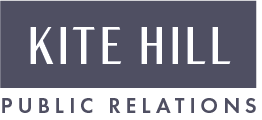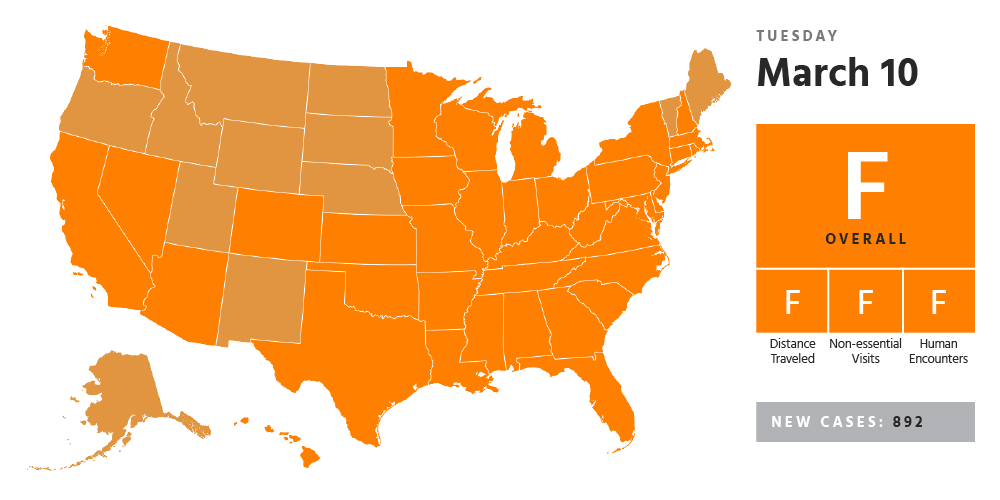Throughout the COVID pandemic, many marketing processes and plans were disturbed. One strategy has remained stable, and in some cases, even stronger than ever - thought leadership. Executives have jumped into high gear to shape their narratives and company initiatives to messages about help, future trend analyses, and many other relevant and timely topics. As we look at the overall future impact on thought leadership, we begin to breakdown the key facets that drive successful strategies.
Working with Agility and Impactful Messaging
Marketing and PR teams immediately began working on both internal and external communications when the pandemic hit, covering all the bases with key stakeholders and outlets.
There were three areas that captured the attention of communications leaders and executives:
The help message
Employee morale
The future vision
Help messages were being crafted and edited each and every day with business leaders prompting their internal and external teams to figure out impactful ways the organization could help its employees and customers. Companies wanted to ensure that everyone felt supported and that customers felt secure. This messaging that coincides with these efforts was crucial to stabilizing all internal and external efforts to weather the storm.
Looking towards the rest of the year, executives are offering their expertise and ideas for the future around various industry trends and topics. What is the future of dining? Where will the privacy regulations land? How will office life change?
No topic has been left untouched, but it’s important to note that each and every company has a unique perspective to offer, and tapping into that can make all the difference.
The Right Time for Thought Leadership
Thought leadership is all about having that expertise and perspective in an industry, offering unique guidance, inspiring innovation, and influencing others. While the definition can vary, the impact of a successful thought leadership program does not.
Thought leadership can be weaved throughout PR and marketing programs, whether it’s campaigns, written pieces, podcasts, you name it. The first step is acquiring and refining a unique point of view. The value of thought leadership is grounded in the relevance of both your overall business and the publications you’re targeting.
The value of creating PR campaigns is crucial in this time, especially when data can be incorporated to help provide that real-time value. Start by taking a media-first approach to content marketing, and analyze what your target audience is reading and your target publications are writing.
The peaks and valleys of planning play a big role in PR programs, showcasing those company announcements and initiatives on top of the peak, and filling the valleys with valuable thought leadership and commentary opportunities.
Connecting the Dots with PR, Marketing and Measurement
Data is not only important to utilize and publish as an external resource; it’s critical for internal use and evaluation as well. Accessing each campaign and opportunity against a measurement stack is critical for gauging success.
Executives and agencies alike should be evaluating their marketing stack with key KPIs and ROIs to keep plans relevant, successful, and on track. It’s important to align from start to finish on how PR is helping to achieve specific goals, and build the campaign from the ground up. What data points might be most of interest to prospective clients? What findings and insights will catch the interest of target reporters?
Navigating the ever-changing news cycle can be tricky, regardless of a global pandemic. By utilizing internal communications and compelling campaigns, along with data and relevant announcements, executives can be successful in their thought leadership efforts.
- Talia Firenze, Account Associate





